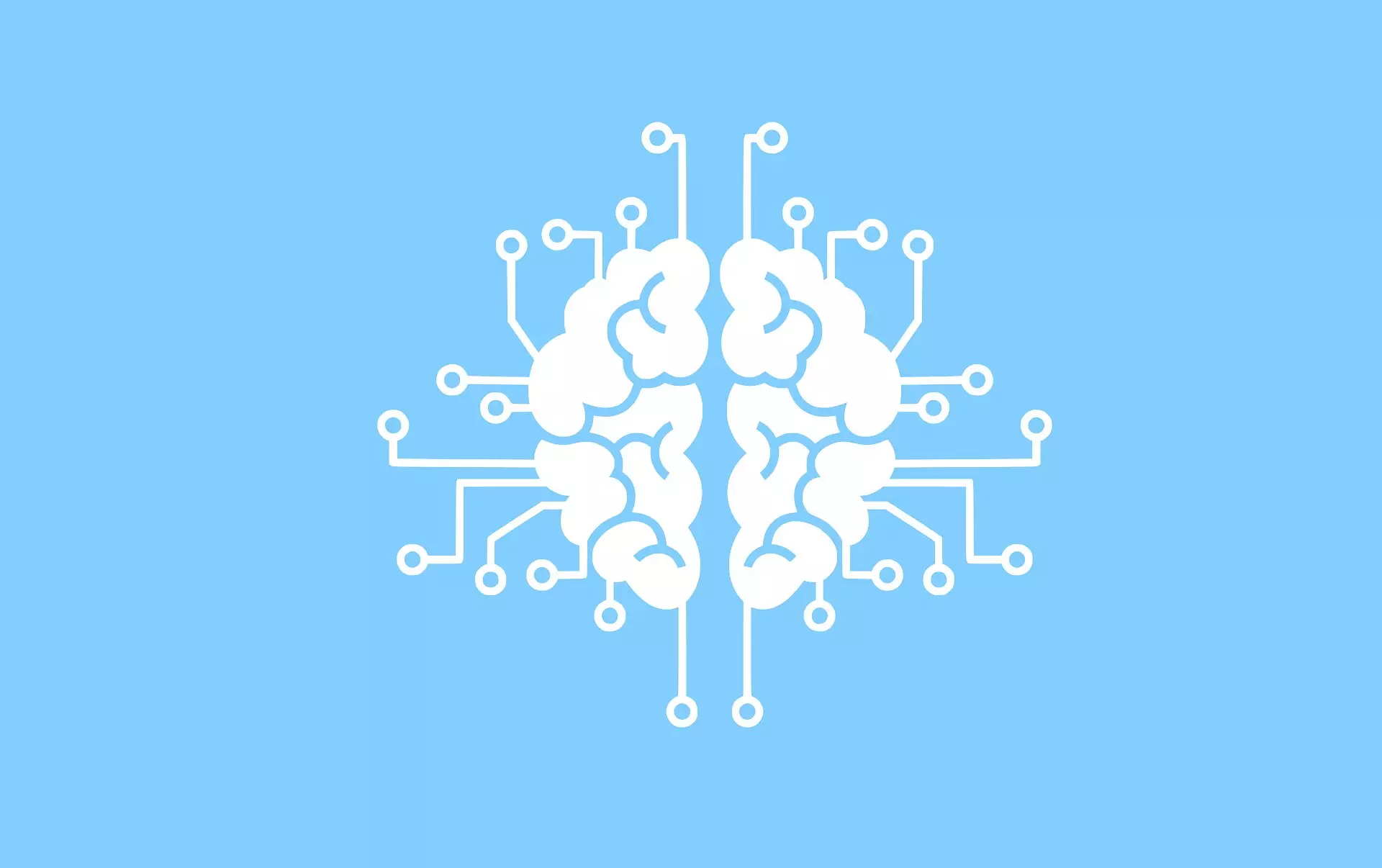In the world of rideshare apps, the process of pairing drivers with riders efficiently is crucial. It’s not just about getting someone from point A to point B quickly, but also ensuring that the system maximizes happiness for all parties involved. This process, known as bipartite matching, is not just limited to rideshare apps. It’s a fundamental problem in computer science that spans various fields, such as organ donation, medical student placement, and even advertising.
Associate Professor Saket Navlakha from Cold Spring Harbor Laboratory has taken a unique approach to improving bipartite matching algorithms. Drawing inspiration from the wiring of the nervous system, Navlakha identified similarities between the efficient pairing of neurons with muscle fibers and the task of matching drivers with riders. In the nervous system, each muscle fiber is eventually paired with one neuron after a competitive process where excess connections are pruned.
A Biological Auction System
Navlakha’s breakthrough lies in the concept of neurons competing for connections to muscle fibers through a biological auction system. By using neurotransmitters as bidding resources, neurons that fail to secure a match with a muscle fiber can reallocate their resources to other potential matches. This efficient allocation process ensures that every neuron and muscle fiber eventually find a suitable partner.
The algorithm devised by Navlakha mirrors the biological principles observed in the nervous system. With just two equations, the algorithm simulates the competition between neurons and the reallocation of bidding resources to optimize pairings. Published in the Proceedings of the National Academy of Sciences, this neuroscience-inspired algorithm outperforms existing bipartite matching programs by creating nearly optimal pairings and reducing the number of unmatched parties.
The impact of this innovative algorithm extends far beyond rideshare apps and medical placements. By preserving privacy and enabling a distributed approach to pairing, the algorithm opens up possibilities for various applications, from online auctions to donor organ matching. Navlakha encourages others to adapt and incorporate this algorithm into their own tools, emphasizing the potential for advancements in AI problems through the study of neural circuits.
The integration of biological principles into computer science algorithms has the potential to revolutionize how we approach complex matching problems. Navlakha’s work serves as a testament to the power of nature-inspired solutions in optimizing efficiency and creating more equitable outcomes in various domains. As we continue to explore the intersections between biology and technology, we may uncover even more innovative algorithms that redefine the possibilities of artificial intelligence.


Leave a Reply
You must be logged in to post a comment.